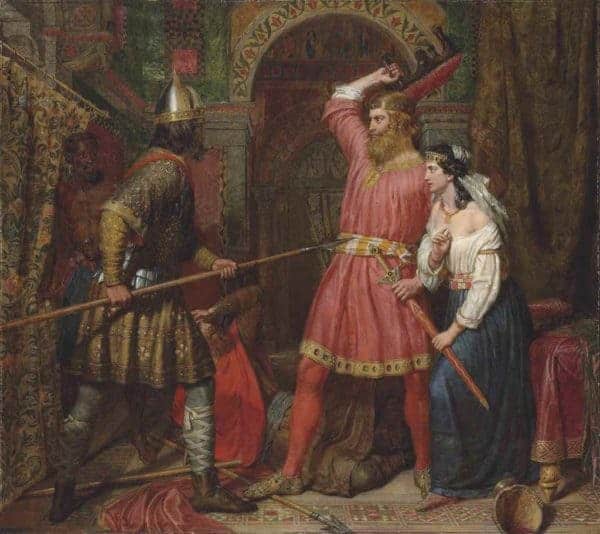The Middle Ages were a time of Kings and political intrigue. While divided loyalties were often deadly to a political leader, other times it was a simple matter of a jealous husband or a jilted lover. Royalty of the middle ages proved to be just a vulnerable as the rest of the population when it came to murder and often time they were even more at risk because there was much to gain from bringing down a king. However, as many found out, there was also much to lose.

The Two Princes in the Tower
The two princes are some of the most well-known victims of the medieval era. In 1483 King Edward IV died of illness. Edward V was only 12 at the time and his younger brother Richard was 9. As such, King Edward IV’s brother, Richard, Duke of Gloucester was named Lord Protector. Plans were made for Edward V’s coronation but the coronation was continuously delayed.
Finally, Richard put off the coronation indefinitely and declared himself to be the true King. Edward V and his younger brother Richard were both declared to be illegitimate heirs. The claim of illegitimacy came due to the fact that the marriage between Edward IV and Elizabeth Woodville was declared invalid due to the marriage contract that had existed between Edward IV and Lady Eleanor Butler. With the marriage invalid, the boys were deemed unworthy to inherit the throne.
Once Richard took the throne and became Richard III, both former princes were kept in the Tower of London. Prior to their uncle taking the throne there had been some who claimed to see the boys playing but following the summer of 1483, all sightings of the young princes ceased. There was an attempt to free the boys from the tower in July of 1483 but it failed.
The princes were never seen or heard from again and their fate is an enduring mystery. Over the years some stepped forward claiming to be one of the missing princes but these claims were never confirmed. Two sets of two unidentified children’s bodies have been discovered. One set was found under the staircase leading to the chapel of the White Tower in the Tower of London. The other set was found in the burial vault of Edward IV and Queen Elizabeth Woodville. None of the bodies have been tested to determine if they belong to the princes. The common theory is that the princes were murdered by their uncle and it was the belief of many people of the time as well.

